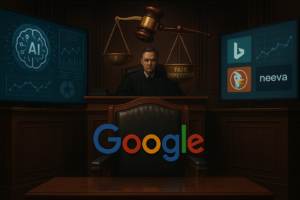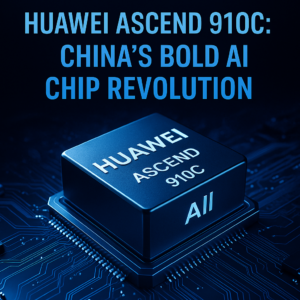Creative Voices Demand Respect: Artists Stand Against AI Misuse of Intellectual Property
As the line between creativity and technology blurs, notable figures in the arts, including Sir Ian Rankin and Thom Yorke, are calling for stricter regulations on how AI companies utilize their work. This pivotal movement raises essential questions about intellectual property rights in the age of artificial intelligence.
In an era where artificial intelligence is increasingly becoming a tool for creativity, a growing chorus of artists is raising alarms about the unauthorized use of their intellectual property. High-profile figures like author Sir Ian Rankin and Radiohead’s lead singer Thom Yorke are leading the charge, demanding that AI companies cease utilizing their work without appropriate licensing. The outcry reflects a burgeoning concern within the creative industries about the implications of AI technologies on artistic expression and ownership.
The rise of AI models, such as ChatGPT, has sparked debates surrounding the ethical use of copyrighted material. These technologies typically rely on vast datasets, often populated with works from authors, musicians, and visual artists, to train their algorithms. The result? AI systems that can generate text, music, and images that closely mimic the styles of established artists. While this can lead to innovative applications, it simultaneously raises critical questions about ownership and compensation for the creators whose work is being repurposed.
At the heart of the issue is the lack of transparency and acknowledgment when it comes to the datasets used for training AI models. Many artists feel that their rights are being undermined as their creations serve as the raw material for AI systems without their consent. This situation not only jeopardizes the livelihoods of creators but also dilutes the originality of artistic expression, as AI-generated content may lack the nuanced understanding and intent that human creators bring to their work.
The demand for a licensing framework is becoming increasingly urgent. Artists argue that just as musicians receive royalties for their songs played on the radio, authors and visual artists should be compensated for their work when it is utilized in training AI models. This could involve establishing fair use policies that not only protect artists but also promote innovation within the AI landscape.
Furthermore, the conversation surrounding AI and intellectual property is not limited to artists alone. It extends to developers and tech companies, who must navigate the complexities of copyright law while pushing the boundaries of what AI can achieve. The potential for collaboration exists, where AI can serve as a tool for artists rather than a competitor. However, this requires a mutual understanding and respect for the creative process.
As the digital landscape continues to evolve, the call to action from artists like Rankin and Yorke is a reminder of the importance of safeguarding creative rights. The challenge lies in finding a balance between technological advancement and the protection of intellectual property. Ensuring that artists are recognized and compensated for their contributions is not just a legal issue; it is a matter of ethical responsibility.
As AI becomes an integral part of the creative process, the discourse surrounding its use must prioritize the rights and voices of artists. Establishing clear frameworks for licensing and compensation will not only empower creators but also foster a more ethical and collaborative future for both the arts and technology. The time has come for a recalibration of respect and rights in the age of artificial intelligence.


